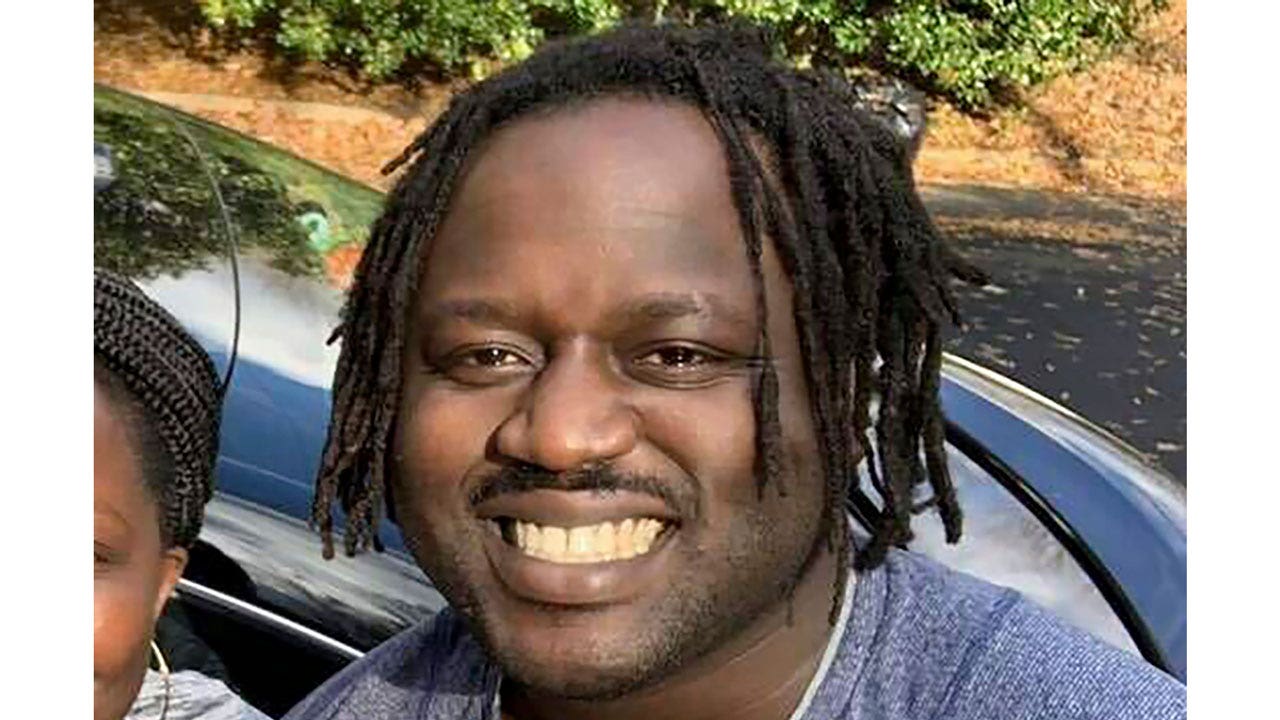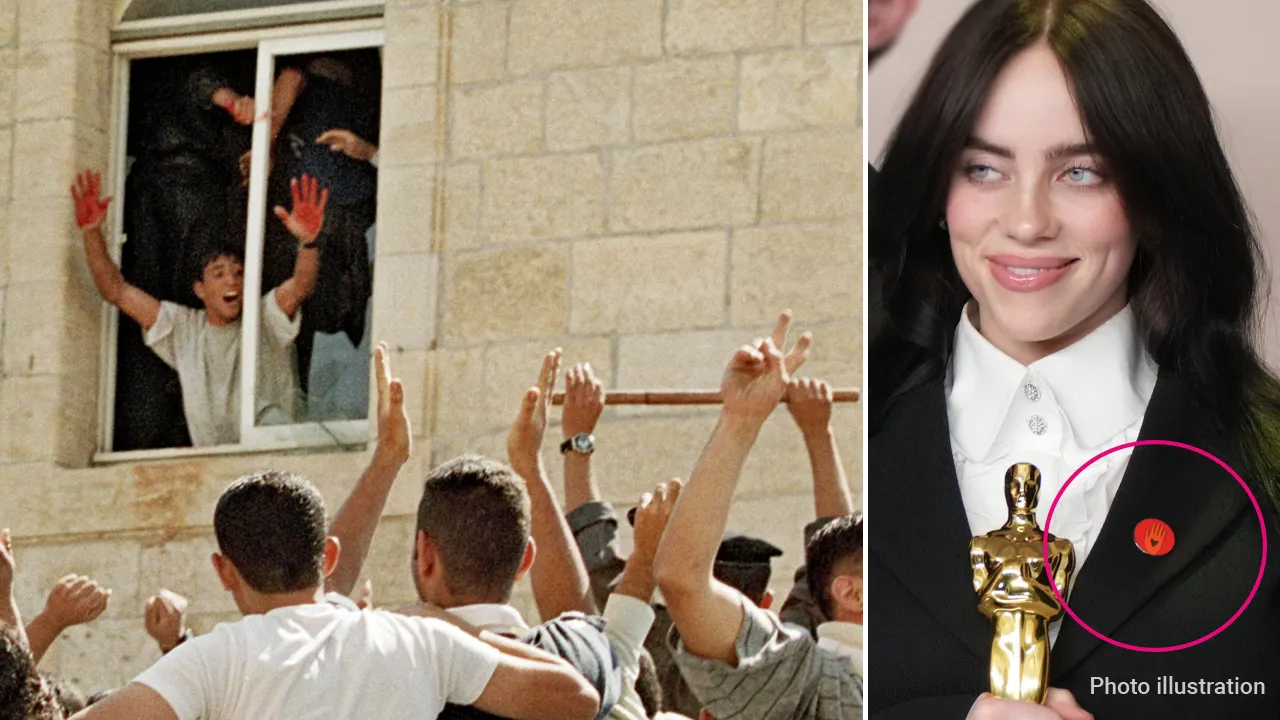For most of Mati Roy’s life, dating was far down on his list of priorities. Though he halfheartedly tried dating apps, and would have welcomed a relationship if it developed naturally, pursuing love didn’t seem worth the effort.
But as Mr. Roy entered his 30s, his priorities began to shift. He spent a long time ruminating over the ethics of having children, then decided that he wanted some of his own.
In December 2021, Mr. Roy put together an online dating bio, otherwise known as a “date-me doc,” and encouraged people to share it online. He noted that he was 6 feet 2 inches tall, didn’t drink, smoke or do drugs and leaned less interested in spending time together than typical couples would.
Children were important, so, to sweeten the pot, he offered $2,000 to whoever introduced him to the person he would end up legally co-parenting with. (Mr. Roy chose that wording so it wouldn’t rule out adoption.) The money was an experiment, and the amount reflected a sum that might motivate people to get involved.
Mr. Roy, now 33 and a project manager at OpenAI, called the reward a “dating bounty.” One friend offered an additional $1,000 with an easier requirement: It would go to whoever introduced Mr. Roy to a person who brought him “a lot of joy” for at least 18 months. Another friend, Anatoliy Zaslavskiy, who goes by Toli, added $500 with the same 18-month condition, bringing the full bounty up to $3,500.
Mr. Zaslavskiy, now 31 and an engineer at Dropbox, liked the idea so much he decided to offer his own dating bounty: $100,000 that would be paid out on a four-year vesting schedule.
“I really liked the vesting structure that start-ups have and I thought, ‘If this works in the financial world, why can’t it work in the dating world?’” said Mr. Zaslavskiy, who chose the amount after analyzing his spending and thinking through how much he wanted to invest in love.
After the first year of the relationship, the amateur matchmaker would be paid a lump sum of $25,000. Then the person would receive monthly payments of roughly $2,000 until the full amount was paid out or the couple broke up.
For those with a greater tolerance for financial risk, Mr. Zaslavskiy proposed an alternative: a profit-sharing initiative. If the prospective partner agreed to the terms, the matchmaker would receive 10 percent of the couple’s combined income on a similar vesting schedule. If their earnings went up, so would the bounty.
Mr. Zaslavskiy, like Mr. Roy, posted his bounty online. As the documents circulated, commenters derided the idea for being not just unusual, but cringe.
Love and Money
The term “bounty” conjures images of reward posters for catching criminals and is reminiscent of the “bug bounties” that tech companies offer to people who find glitches in their systems. But Mr. Roy’s and Mr. Zaslavskiy’s dating bounties can be considered a return to old-fashioned matchmaking.
Rather than swiping, they want to incentivize connections to help them find a match — and indeed, that was once the main way people met their partners, said Michael J. Rosenfeld, a Stanford sociologist who has researched how couples meet and stay together.
Mr. Rosenfeld believes a dating bounty is sensible given that friends and family are out of practice at making introductions.
“This is an effort to put all hands on deck, and it makes sense to me,” he said. In addition, he added, people “appropriately don’t treat singleness as an emergency” but rather as a state of life, “so if you want to get your people working on it, you need to sort of prod them with a sense that this is actually something that’s really important.”
For Mr. Zaslavskiy, the idea’s oddity is part of its appeal. He wasn’t afraid of being ridiculed if it would open up more options for finding love, and hoped the bounty would attract the kind of open-minded person he’d like to date.
At the time, Mr. Zaslavskiy, who lives in Brooklyn, was making around $200,000 a year, so the roughly $2,000 monthly bounty payments would have been around 12 percent of his salary.
“I looked at all these things in my life that don’t bring me as much value,” Mr. Zaslavskiy said. “At that point I’m spending maybe $13,000 a month, but do I need all that stuff that I’m buying? Absolutely not. If I could spend $2,000 of that on finding somebody I love, then that’s absolutely worth it.”
He points to Blind, an anonymous gossip app used by some tech employees. “It’s basically a bunch of tech people complaining about their lives, as a co-worker put it,” he said. “A lot of people there make well over half a million dollars a year and yet they struggle with relationships. I think that people on Blind would gladly pay over 10 percent to have a fulfilling relationship.”
Matchmaker, Matchmaker
For most people, $100,000 would be an eye-popping amount. But larger sums have been dangled before. A billionaire once offered Rachel Greenwald, a professional matchmaker and executive fellow at Harvard Business School, a $1 million dating bounty if she found him his spouse. She turned him down.
Ms. Greenwald said it wasn’t surprising that usually men were the ones offering dating bounties: “Women think it sounds desperate, and men think it sounds like a power move,” she said.
It’s not that “dating bounties” don’t exist in matchmaking. “Marriage bonuses” and “success fees,” for when “success” is defined more broadly than walking down the aisle, are par for the course. Ms. Greenwald estimates that a third of matchmakers have a success fee of some type in their contracts.
Still, don’t confuse the success fee with the matchmaking itself, Ms. Greenwald said. While some professionals — real estate agents, for example — do work on commission, the most common matchmaking business model is a monthly retainer with a success fee. For top matchmakers, the retainer could be $10,000 to $75,000 a month, for three to six months, with a success fee of $50,000 to $1 million.
The model of being paid a success fee alone is not how the matchmaking business works, Ms. Greenwald said. It doesn’t acknowledge that what you’re paying for when you go to a matchmaker is not just “success” but also the person’s time and network and psychological expertise in getting to understand and guide you.
That’s why a dating bounty might seem crass, even though paying for a dating coach or for Hinge premium subscription is fine, said Michal Naisteter, a professional matchmaker in Philadelphia. One feels like paying for expertise and help with self-improvement, the other like “putting a price on love.”
A Bounty Claimed
After Mr. Zaslavskiy posted his bounty, he received about five introductions, two of which turned into video calls, but none became dates. Following a reunion and breakup with an ex, he’s dating again, and the $100,000 bounty remains active. He is polyamorous now, so the bounty will be paid out to the person who introduces him to his long-term primary partner.
Mr. Roy received about 27 introductions, which turned into five video calls and one in-person meeting. None ended in romance, but his friend Carrie Radomski, who had tried to set him up before, shared his bounty on her Facebook page. It quickly attracted attacks — and the eye of Ms. Radomski’s Facebook friend Carissa Cassiel.
The honesty and specificity of his profile (Mr. Roy wanted at least two children and was into cryonics) appealed to Ms. Cassiel, and the bounty seemed clever. But the selling point was noticing how he took the criticism. Commenters said that the bounty was weird, or that the profile had too much information or that he sounded autistic, said Ms. Cassiel, 39.
“I observed in the comments how he was responding to people,” she said. “He was very gracious and would say, ‘That’s a great point’ or ‘I should change that’ or ‘I could add something like that’ or ‘That’s not how I feel.’ He just handled everything beautifully, and that felt very significant to me.”
Ms. Cassiel decided to comment defending Mr. Roy. She pointed out that, as a single woman, she liked having a lot of detailed background information when evaluating potential dates.
Mr. Roy was in Canada and Ms. Cassiel lived in Georgia, but the two began messaging and then spending time together during a mutual friend’s virtual hangouts. To figure out whether they would work as a couple, Mr. Roy went to stay with Ms. Cassiel for a few weeks, then spent time in Mexico with her and Thane, Ms. Cassiel’s son from a previous relationship.
Eventually, Mr. Roy moved to Georgia permanently. The couple married last April and are raising Thane together. Since the relationship has lasted more than 18 months, $1,500 of the bounty has been paid to Ms. Radomski, who intends to donate it to a nonprofit. Mr. Roy has not yet legally adopted Thane, but if he does, or if the couple have a biological child or adopt another child, Ms. Radomski would also receive the original $2,000 bounty.
Mr. Roy and Ms. Cassiel are enthusiastic about the potential of dating bounties. He thinks it’s a way for people who connect others to be paid for their work — that it’s a sign of respect. Ms. Cassiel believes that, without it, she and Mr. Roy might never have met.
“I think it’s brilliant, and it really gets people involved and caring,” she said. “I think it also really shows motivation and drive and commitment. It’s very exemplary of his personality. When he decided he was ready, he put his money where his mouth was.”






